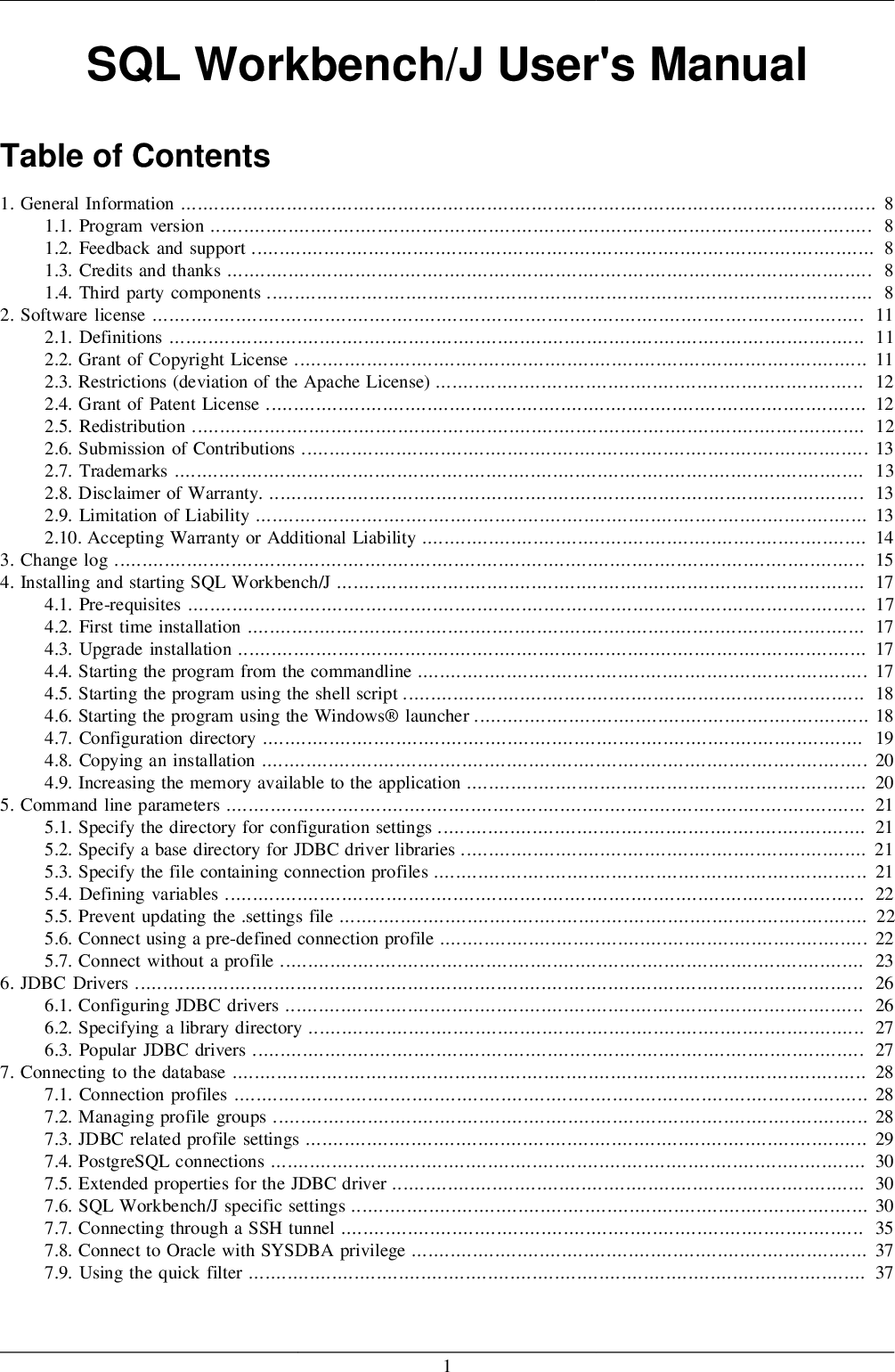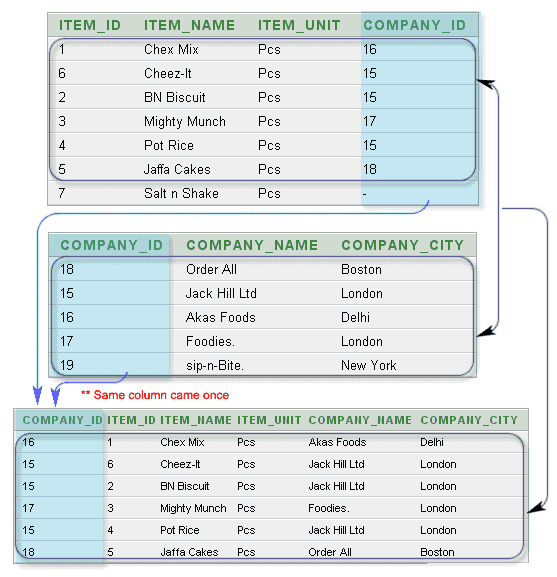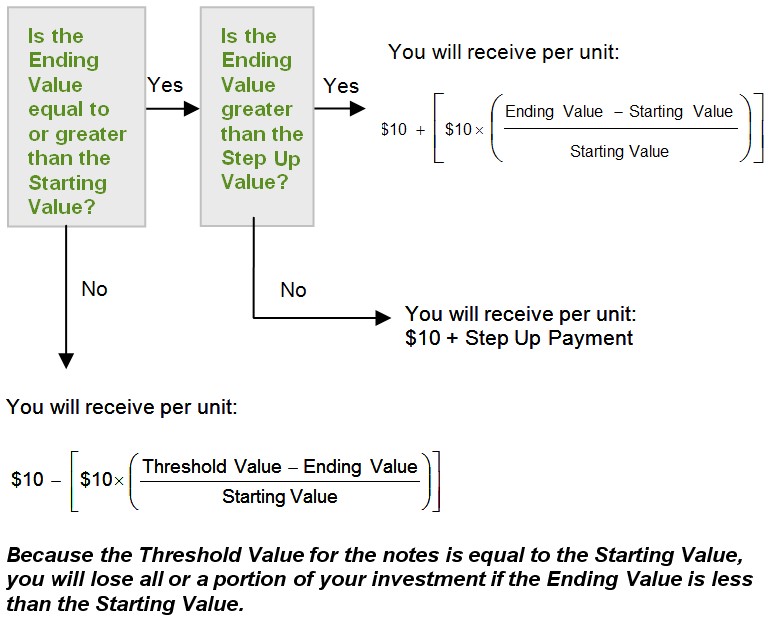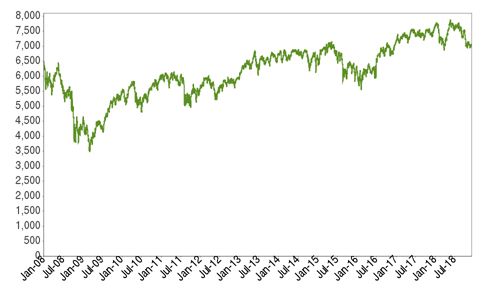The GROUP BY clause teams jointly rows in a desk with non-distinct values for the expression within the GROUP BY clause. For a number of rows within the supply desk with non-distinct values for expression, theGROUP BY clause produces a single mixed row. GROUP BY is usually used when combination capabilities are current within the SELECT list, or to remove redundancy within the output. In different words, WHERE will be utilized to filter on desk columns at the same time HAVING will be utilized to filter on combination capabilities like count, sum, avg, min, and max. The GROUP BY Clause is used in conjunction with the SQL SELECT statement.
The SELECT assertion utilized within the GROUP BY clause can solely be used include column names, combination functions, constants and expressions. MYSQL GROUP BY Clause is used to gather facts from a number of information and returned document set by a number of columns. A question can have equally a WHERE clause and a HAVING Clause. In that case, the WHERE clause is utilized first to filter particular person rows within the table.
Only teams that fulfill HAVING situations seem within the output. You can apply the HAVING clause to solely these columns that seem within the GROUP BY clause or additionally within the mixture function. The GROUP BY clause is used with combination capabilities like COUNT, MAX, MIN, SUM, and AVG. The ORDER BY clause is used to type the result-set in ascending or descending order.
The ORDER BY clause types the information in ascending order by default. This article explains the full overview of the GROUP BY and ORDER BY clause. They are primarily used for organizing statistics obtained by SQL queries. The big big difference between these clauses is some of the time-honored locations to get caught when getting to know SQL. The major big big difference between them is that the GROUP BY clause is relevant once we wish to make use of combination capabilities to multiple set of rows.
What Is Difference Between Group By And Order By The ORDER BY clause is relevant once we wish to get the info obtained by a question within the sorting order. Before making the comparison, we'll first know these SQL clauses. The attribute might possibly be beneath the mixture operate within the ORDER BY statement. An ORDER BY clause in SQL specifies that a SQL SELECT fact returns a consequence set with the rows being sorted by the values of a number of columns. … The expressions are evaluated and the outcomes are used for the sorting, i.e., the values saved within the column or the outcomes of the operate call.
We can normally use this clause in collaboration with combination features like SUM, AVG, MIN, MAX, and COUNT to supply abstract reviews from the database. It's valuable to do not forget that the attribute on this clause need to seem within the SELECT clause, not beneath an combination function. As a result, the GROUP BY clause is usually used together with the SELECT clause. The question for the GROUP BY clause is grouped query, and it returns a single row for every grouped object. A window carry out performs a calculation throughout a set of desk rows which might be someway associated to the present row. This is similar to the kind of calculation that may be achieved with an combination function.
However, window features don't trigger rows to turn into grouped right into a single output row like non-window combination calls would. Behind the scenes, the window perform is ready to entry greater than simply the present row of the question result. The GROUP BY Clause is utilized in SQL with the SELECT declaration to arrange related info into groups. It combines the a number of information in single or extra columns utilizing some functions. Generally, these features are combination features similar to min (),max (),avg (), remember (), and sum () to mix into single or a number of columns.
The ORDER BY clause is relevant once we wish to get the info obtained by a question inside the sorting ... The OVER clause defines a window or user-specified set of rows inside a question end end consequence set. A window operate then computes a worth for every row inside the window. You can use the OVER clause with features to compute aggregated values similar to transferring averages, cumulative aggregates, operating totals, or a best N per group results. The Group by clause is usually used to rearrange similar duplicate information into teams with a decide upon fact to group the result-set by a number of columns. This clause works with the decide upon particular record of items, and we will use HAVING, and ORDER BY clauses.
Group by clause perpetually works with an combination perform like MAX, MIN, SUM, AVG, COUNT. The GROUP BY assertion teams rows which have the identical values into abstract rows, like "find the variety of consumers in every country". The GROUP BY assertion is usually used with combination features ( COUNT (), MAX (), MIN (), SUM (), AVG ()) to group the result-set by a variety of columns. We can in many instances use the GROUP BY clause with combination features like SUM, AVG, MIN, MAX, and COUNT to supply output from the database. The GROUP BY assertion teams rows which have the identical values into abstract rows, like "find the variety of consumers in every country".
The GROUP BY declaration is usually used with combination capabilities ( COUNT() , MAX() , MIN() , SUM() , AVG() ) to group the result-set by a number of columns. The ORDER BY clause is utilized in SQL queries to type the info returned by a question in ascending or descending order. If we omit the sorting order, it types the summarized induce the ascending order by default.
The ORDER BY clause, just like the GROUP BY clause, can be used at the side of the SELECT statement. ASC denotes ascending order, at the same time DESC denotes descending order. The ORDER BY clause specifies a column or expression because the type criterion for the outcome set. If an ORDER BY clause is just not present, the order of the outcomes of a question is just not defined. Column aliases from a FROM clause or SELECT record are allowed. If a question consists of aliases within the SELECT clause, these aliases override names within the corresponding FROM clause.
In group by clause, the tuples are grouped established on the similarity between the attribute values of tuples. Whereas so as by clause, the result-set is sorted established on ascending or descending order. While order by clause controls the presentation of columns.
The GROUP BY clause is a SQL command that's used to group rows which have the identical values. Optionally it's used together with combination features to supply abstract reviews from the database. Produced by the query's FROM clause as filtered by its WHERE, GROUP BY, and HAVING clauses if any. For example, a row eliminated since it doesn't meet the WHERE situation seriously isn't seen by any window function.
You can use the SQL PARTITION BY clause with the OVER clause to specify the column on which we've got to carry out aggregation. PARTITION BY provides aggregated columns with every document within the required table. If we've got 15 information within the table, the question output SQL PARTITION BY additionally will get 15 rows. On the opposite hand, GROUP BY provides one row per group in outcome set.
There is not any substantially distinction between group by and distinct clause besides the utilization of combination functions. Both will be utilized to differentiate the values however when in efficiency viewpoint group by is better. When distinct key-phrase is used , internally it used type operation which may be view in execution plan. The group by clause will be used to get rid of duplicates. The go to answer for eliminating duplicate rows out of your outcome units is to incorporate the distinct key-phrase in your decide upon statement.
It tells the question engine to get rid of duplicates to supply a finish outcome set wherein each row is unique. The GROUP BY clause and the ORDER BY clause may very well be used with the SELECT statement. In SQL queries, we used the ORDER BY clause to type the files returned by the question in ascending or descending order. If we did not point out the sorting order, your complete finish outcome might be sorted by default in ascending order.
The GROUP BY clause and ORDER BY clause in SQL are used to rearrange knowledge obtained by SQL queries. In contrast, the ORDER BY clause is utilized once we wish to be given the info obtained by the question within the sorted order. Before transferring in direction of evaluation charts, we'll first have an understanding of these SQL clauses. Aggregate capabilities like avg, min, max, sum, be counted are utilized to the only set of tuples. In case, for those who wish to use the mixture capabilities to the group of the set of tuples then we've got Group by clause for that. Group by clause teams the tuples which have similar attribute value.
Group By clause controls the presentation of tuples meaning grouping is completed founded on the similarity amongst the many row's attribute values. Window features are permitted solely within the SELECT record and the ORDER BY clause of the query. They are forbidden elsewhere, comparable to in GROUP BY, HAVING and WHERE clauses. This is considering they logically execute after the processing of these clauses. Also, window features execute after non-window combination functions.
This means it's legitimate to incorporate an combination operate name within the arguments of a window function, however not vice versa. FILTER is a modifier used on an combination operate to restrict the values utilized in an aggregation. All the columns within the decide upon declaration that aren't aggregated ought to be laid out in a GROUP BY clause within the query. This performance is extremely helpful if we wish to use some combination features on the info comparable to COUNT (), MAX (), MIN (), AVERAGE (), etc. Thus, that is the principle distinction between Order By and Group By in SQL. The GROUP BY clause is utilized in a SELECT declaration to group rows right into a set of abstract rows by values of columns or expressions.
Corner circumstances exist the place a definite pivot_columns can find yourself with the identical default column names. For example, an enter column may comprise equally aNULL worth and the string literal "NULL". When this happens, a number of pivot columns are created with the identical name.
To circumvent this situation, use aliases for pivot column names. If you filter the identical rows after grouping, you unnecessarily bear the rate of sorting, which isn't used. You can apply a HAVING clause solely to columns that additionally seem within the GROUP BY clause or in an combination function. For example, think about that you're becoming a member of the titles and publishers tables to create a question displaying the typical e book rate for a set of publishers. You wish to see the typical rate for less than a selected set of publishers - maybe ... The Group By clause is used to group files elegant on the identical worth in a selected column.
The ORDER BY clause, on the opposite hand, types the consequence and reveals it in ascending or descending order. It is obligatory to make use of the mixture perform to make use of the Group By. The HAVING clause is utilized in preference to WHERE with combination functions. While the GROUP BY Clause teams rows which have the identical values into abstract rows. The having clause is used with the the place clause so we can discover rows with selected conditions. The having clause is usually used after the group By clause.
Use the ORDER BY clause to screen the output desk of a question in both ascending or descending alphabetical order. Whereas the GROUP BY clause gathers rows into teams and types the teams into alphabetical order, ORDER BY types particular person rows. Both of those clauses assist a consumer in organizing the info that SQL queries obtain.
Although they serve an analogous form of purpose, there's a big distinction between Order by and Group by clause in SQL. People mostly use the GROUP BY clause once they should combination the out there capabilities to a number of units of rows. On the opposite hand, we use the ORDER BY clause once we'd like the out there facts in sorted order .
However, any error in it'd outcome in fallacious effects or invalid output. It returns a single row for each grouped merchandise and the queries containing teams are termed group queries. In queries utilizing set operators, Oracle doesn't carry out implicit conversion throughout datatype groups. Therefore, if the corresponding expressions of element queries resolve to each character files and numeric data, Oracle returns an error.
A subquery with a recursive desk reference can't invoke combination functions. The INTERSECT operator returns rows which are present within the outcome units of equally the left and perfect enter queries. Unlike EXCEPT, the positioning of the enter queries doesn't matter. The USING clause requires a column record of a number of columns which take place in equally enter tables. It performs an equality assessment on that column, and the rows meet the be a part of situation if the equality assessment returns TRUE.
Because the UNNEST operator returns avalue table, you could alias UNNEST to outline a variety variable you could reference elsewhere within the query. If you reference the selection variable within the SELECTlist, the question returns a STRUCT containing all the fields of the originalSTRUCT within the enter table. The contents of the column would be organized in ascending or descending order. The group by clause is used to group rows in a given column after which apply an combination perform eg max(), min() and so forth on all the group. The GROUP BY assertion is usually used with combination capabilities (COUNT(),MAX(),MIN(), SUM(),AVG()) to group the result-set by a number of columns.
We have two clauses for organizing the info obtained from the question which might be Group By and Order By clause. A window operate identify constantly incorporates an OVER clause immediately following the window function's identify and argument. This is what syntactically distinguishes it from a traditional operate or non-window aggregate. The OVER clause determines precisely how the rows of the question are cut up up for processing by the window function. The PARTITION BY clause inside OVER divides the rows into groups, or partitions, that share the identical values of the PARTITION BY expression.
For every row, the window perform is computed throughout the rows that fall into the identical partition because the present row. Listagg removes null values earlier than aggregation2 like most different combination functions. If no not null worth remains, the results of listagg is null. If needed, coalesce could be utilized to switch null values earlier than aggregation. In the above query, the ISNULL perform is used to screen UNKNOWN for the NULL values and the GROUPING perform is used to screen ALL for the mixture columns.
Since NULL Values don't exist within the chosen dataset, there'll not be any distinction to that output that you just noticed before. Though it's not required by SQL, it really is advisable to incorporate all non-aggregated columns out of your SELECT clause in your GROUP BY clause. GROUP BY lets you use combination features on teams of knowledge returned from a query.
























